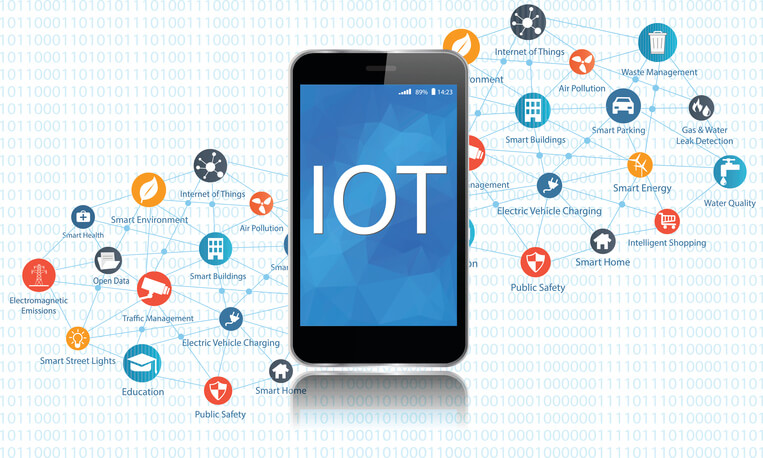By Paul Dobbins
The evolution of the Internet of Things (IoT) has led to changes across a number of industries in the past decade, but nowhere more so than mobile. Hardware, software and even the sale of mobile products and services have all been affected by IoT’s growth. In fact, a recent Gartner report predicts we’ll see 26 billion interconnected devices by 2020, which means even more changes are on the horizon.
How can competitive carriers stay prepared? For starters, carriers can ready themselves for the future by gaining a clear understanding of how IoT has affected the industry to date.
Keeping Up with Hardware
For consumers, IoT is about connectivity anytime, anywhere. In order for consumer devices to achieve this level of interconnectivity, they need to be equipped with the right parts and sensors to meet increased demand. Wearable devices, for example, have gained popularity for this reason – their functionality is rooted in convenience and constant connectivity. Staying up-to-date on the latest hardware trends is essential for staying ahead of the IoT curve. At the same time, it’s important to remember that new products tend to malfunction as early kinks are addressed. Be sure to partner with the right warranty provider to ensure your customers are prepared to fend off issues.
Keeping Up with Software
If acquiring the right hardware to stay ahead of IoT trends is important, the software behind these devices is even more critical. Increased connectivity leads to increased app and data usage which, in turn, ups the demand for cellular and WiFi capacity. Cloud technology is also becoming increasingly necessary in mobile, due to its flexibility and ability to accommodate both current network functionalities and emerging IoT platforms. Carriers that want to keep their competitive edge will need to make these changes to their infrastructure.
Keeping Up with Customers
A major change to the mobile industry following the introduction of IoT-connected devices is the ability for carriers to glean insights from real-time customer behavior. Usage and interaction with these devices produces data that allows mobile companies to understand their customers on a much deeper level, leading to shifts in sales and marketing tactics that produce more reliable results. Having access to this customer-driven data translates to more authentic customer exchanges and increased loyalty carriers can take advantage of.
Like the emergence of the Internet itself, it’s difficult to predict just how much IoT trends will change the way we live—and affect the mobile industry—in the years to come. By keeping a close eye on the shifts that have taken place to date, carriers can better prepare their business and their customers for a successful IoT-integrated future.
Paul Dobbins is the Fortegra Director of Account Management for Fortegra Financial Corporation (a Tiptree Inc. company). Fortegra and its subsidiaries comprise a single-source insurance services provider that offers a range of consumer protection options including warranty solutions, credit insurance, and specialty underwriting programs. Delivering multifaceted coverage with an unmatched service experience for both partners and their customers, Fortegra solves immediate, everyday needs, empowering consumers to worry less and Experience More.







